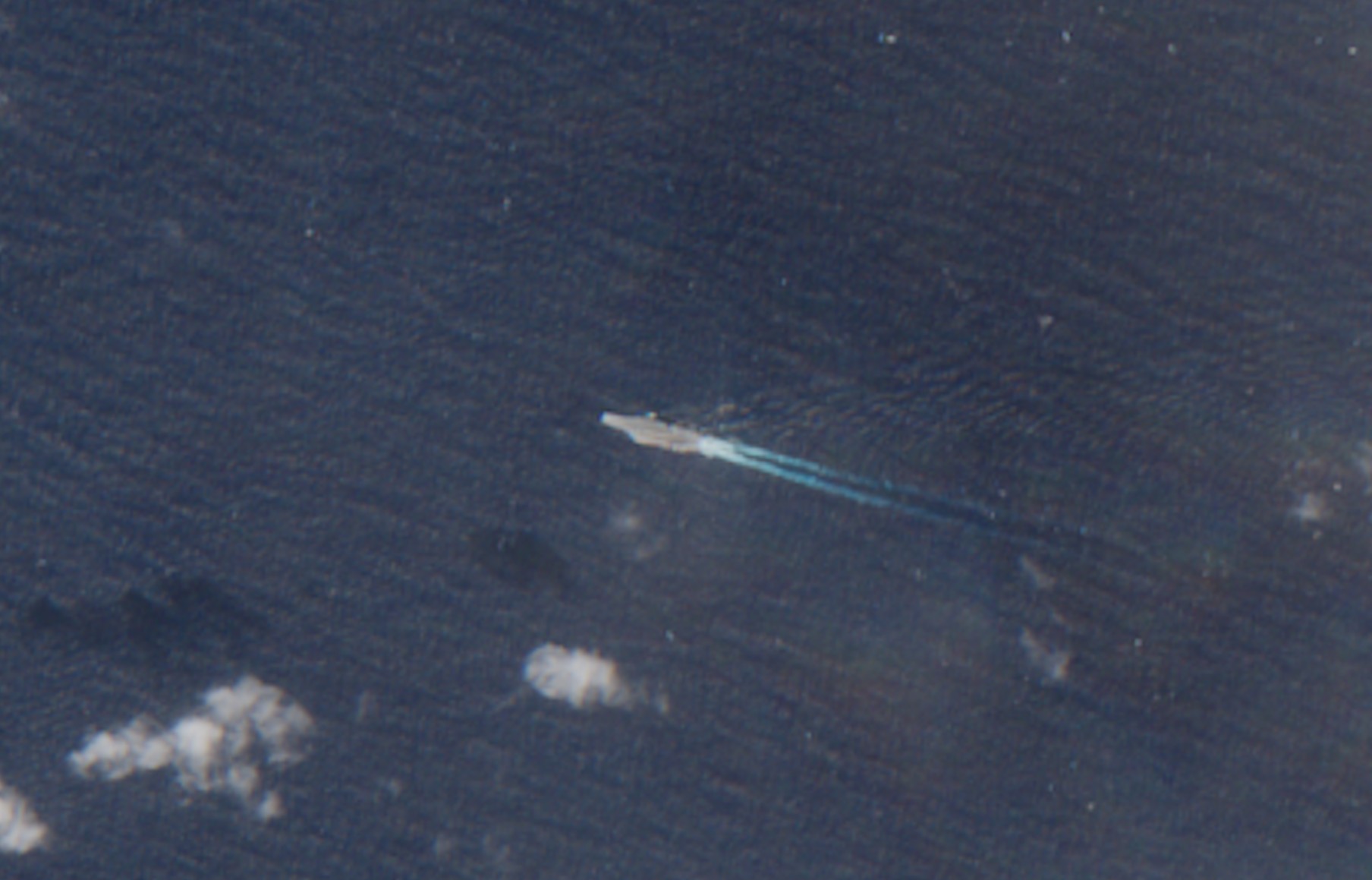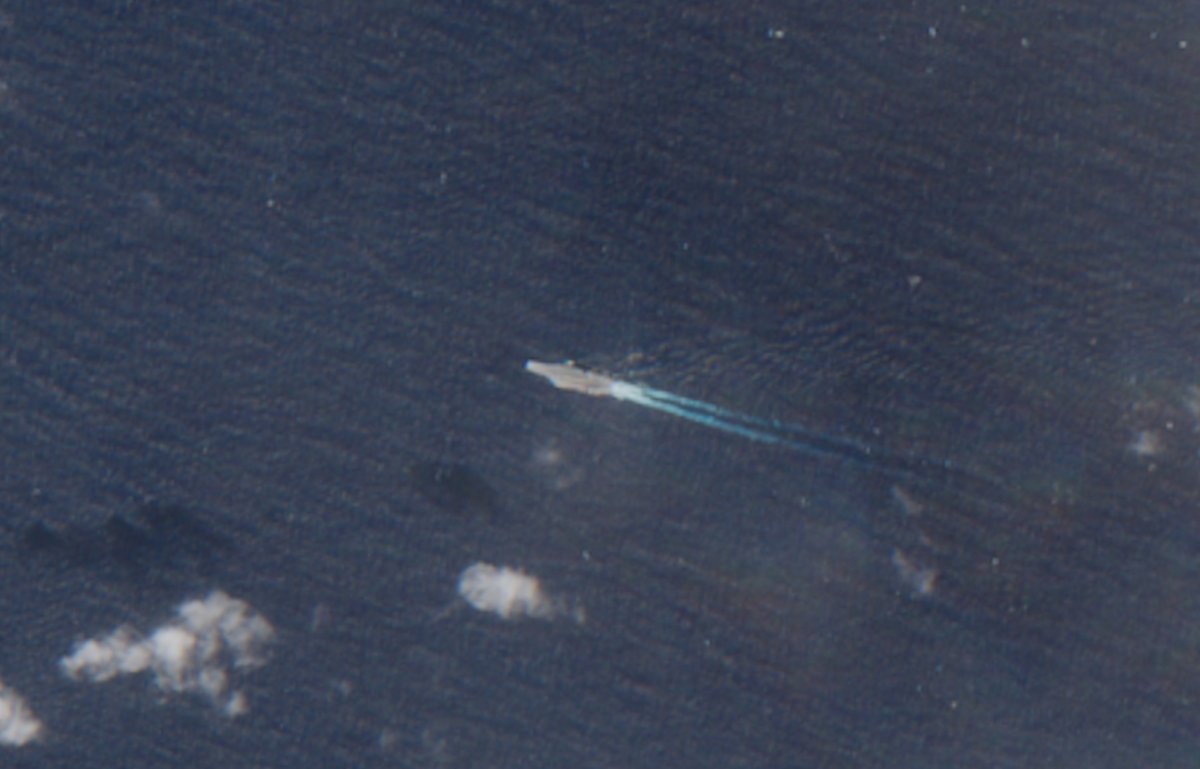
Open-source satellite imagery has captured a Chinese naval formation, led by one of the country’s three aircraft carriers, underway in the contested waters of the South China Sea.
The flotilla, led by CNS Shandong, the second operational aircraft carrier of China, was spotted by satellites on Monday sailing in waters 316 miles southeast of Sanya, a city on the Chinese island of Hainan that also serves as the home port of the 66,000-ton warship.
The Shandong has been away from home since late October, when it conducted the first Chinese dual aircraft carrier operation. It transited with the 60,000-ton CNS Liaoning, the country’s first “flattop” in service, in the South China Sea, as well as 11 other warships.
Following the historic Chinese naval operation, the Shandong continued on its voyage as it was spotted in waters east of the northern Philippines on November 4. It sailed toward the South China Sea via waters north of the Philippines and south of Taiwan later in the day.
The Philippines forms the first island chain with Taiwan, a self-ruled island that China views as its own territory, and Japan. This defense concept, proposed by the United States, aims to leverage allied or friendly territories to contain the Chinese military in the region.
According to Newsweek‘s weekly update, which maps aircraft carrier movements in the Indo-Pacific region, two other Chinese aircraft carriers remained pierside. They are the Liaoning and the 80,000-ton CNS Fujian, China’s newest and most advanced “flattop.”
At least three other warships were spotted escorting the aircraft carrier, said MT Anderson, an open-source intelligence account on X (formerly Twitter).
Newsweek sent an emailed request to the Chinese defense ministry for comment.

Copernicus Data Space Ecosystem
The Shandong‘s movements came amid rising tensions between China and the Philippines in the South China Sea. Beijing has released baselines delineating the waters in which it claims full jurisdiction over a reef in Manila’s internationally recognized exclusive economic zone.
Meanwhile, Philippine President Ferdinand Marcos Jr. has signed two significant laws to reinforce his country’s territorial and maritime rights, including in parts of the South China Sea. China responded by lodging a protest to the Philippine ambassador in Beijing.
While all three Chinese aircraft carriers are conventionally powered, the country has also developed a prototype nuclear reactor for a large surface warship, the Associated Press reported, citing new analysis of satellite imagery and Chinese government documents.
This marks a significant step forward for China’s potential first nuclear-powered aircraft carrier. The Chinese military has announced plans for a fourth aircraft carrier, but it has not confirmed whether the new warship will be nuclear or conventionally powered.
